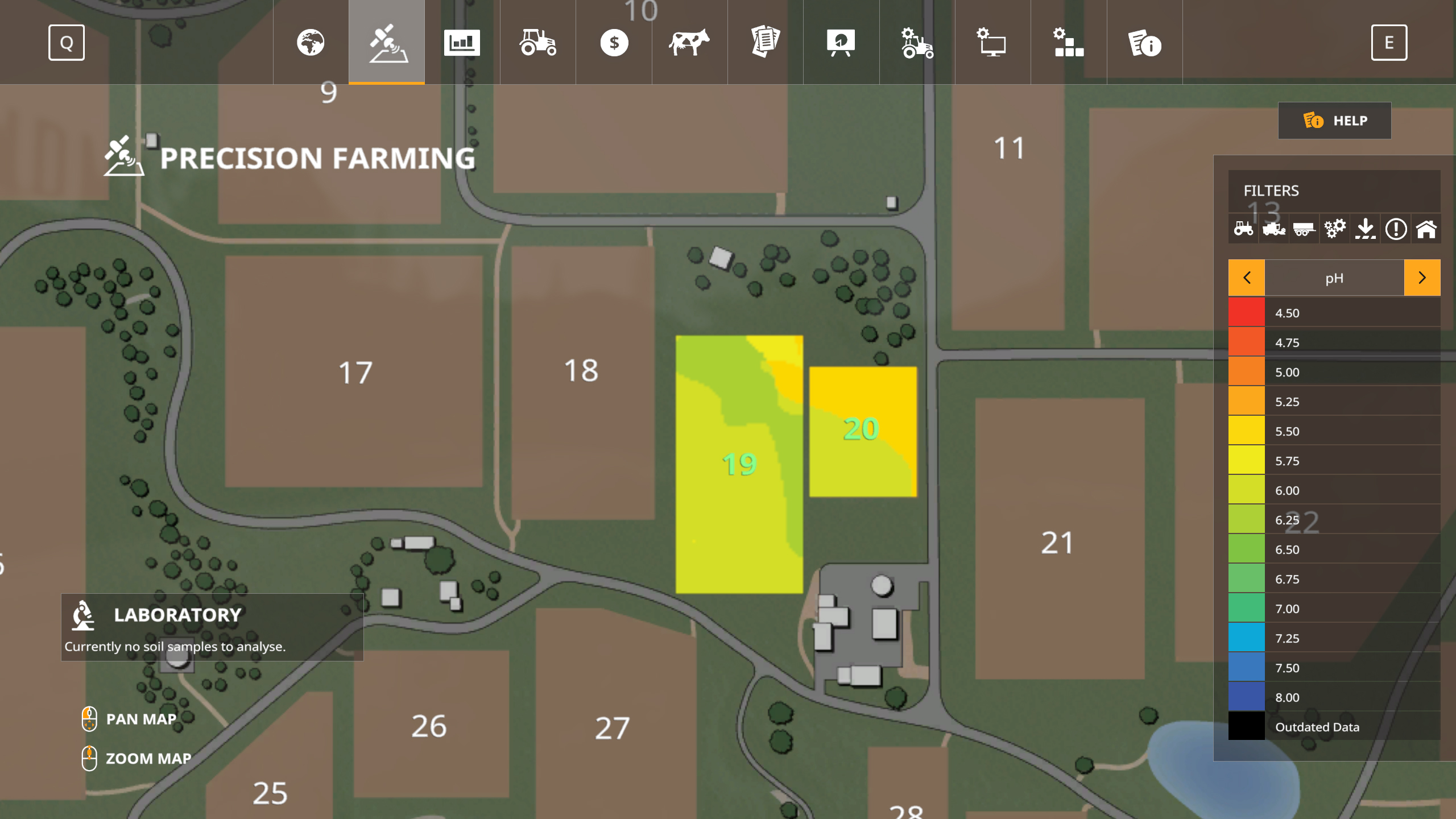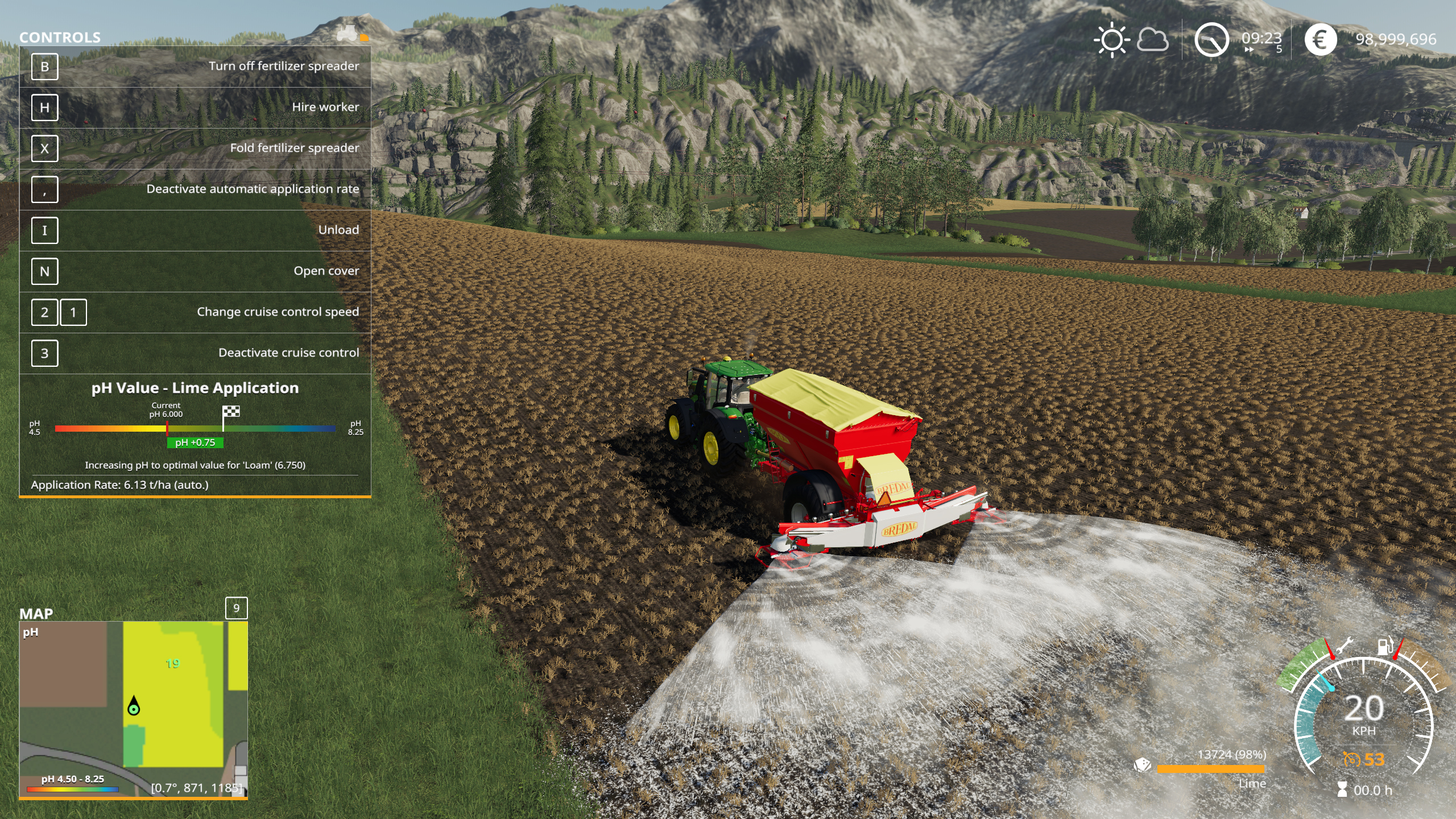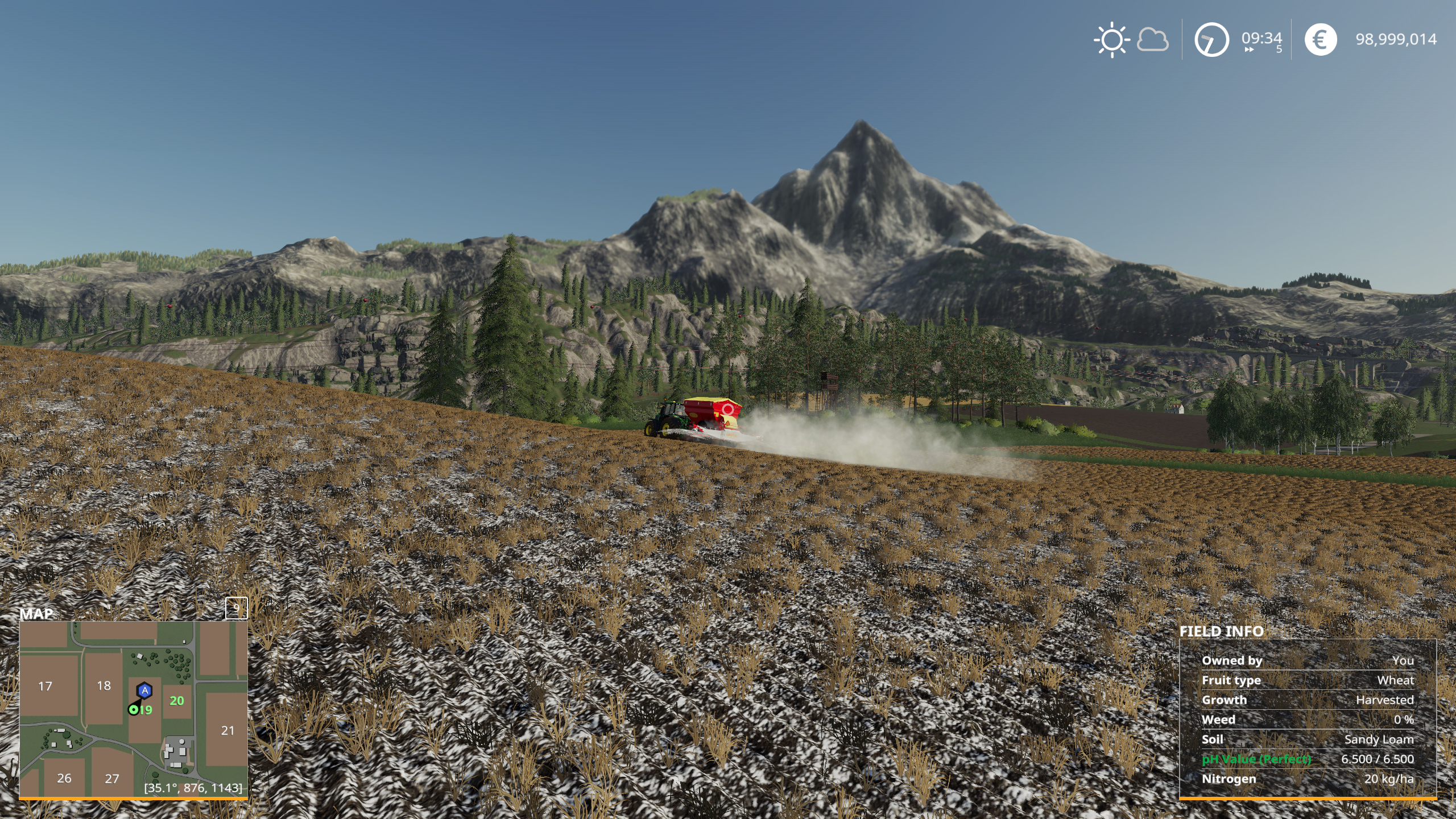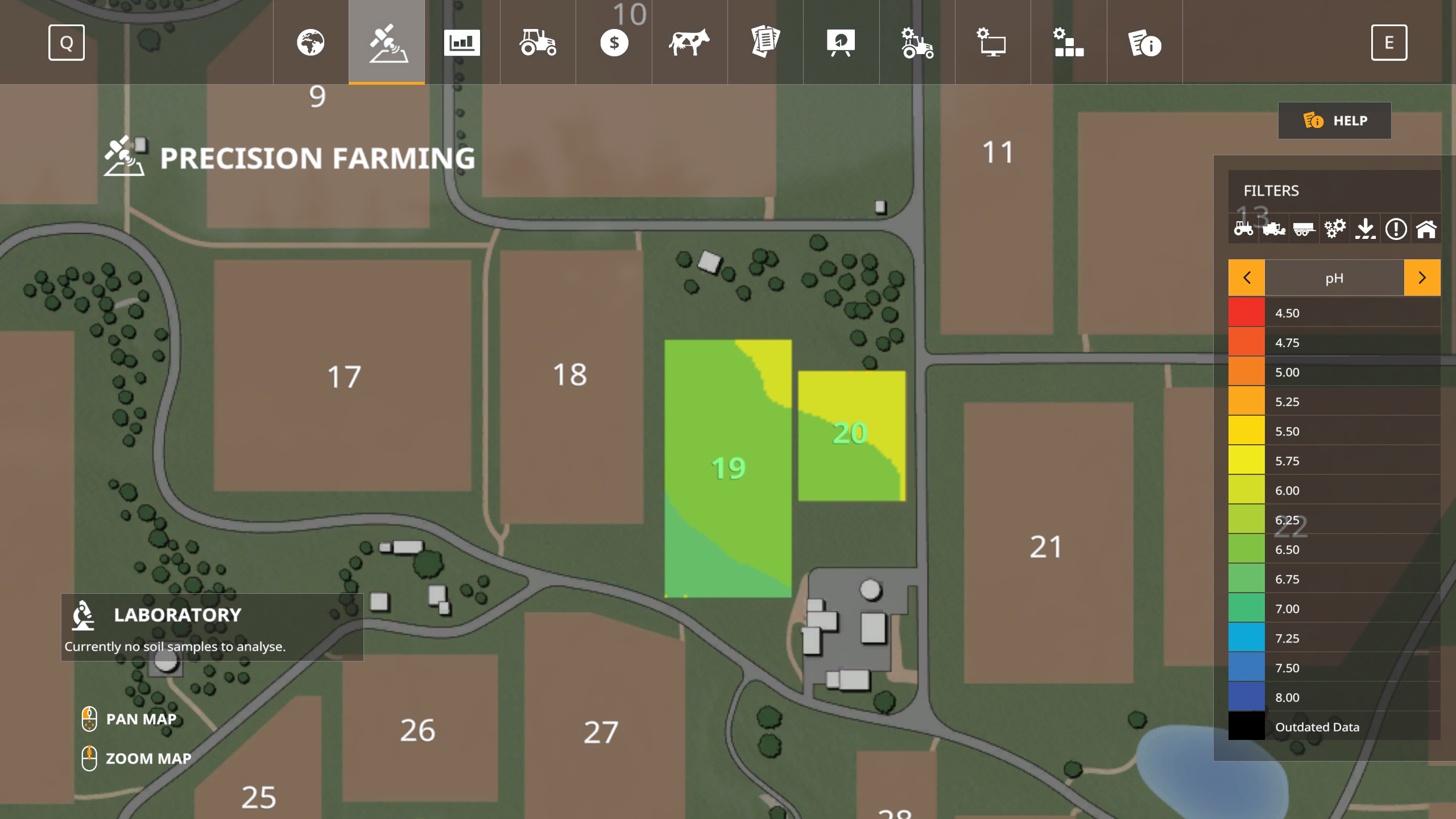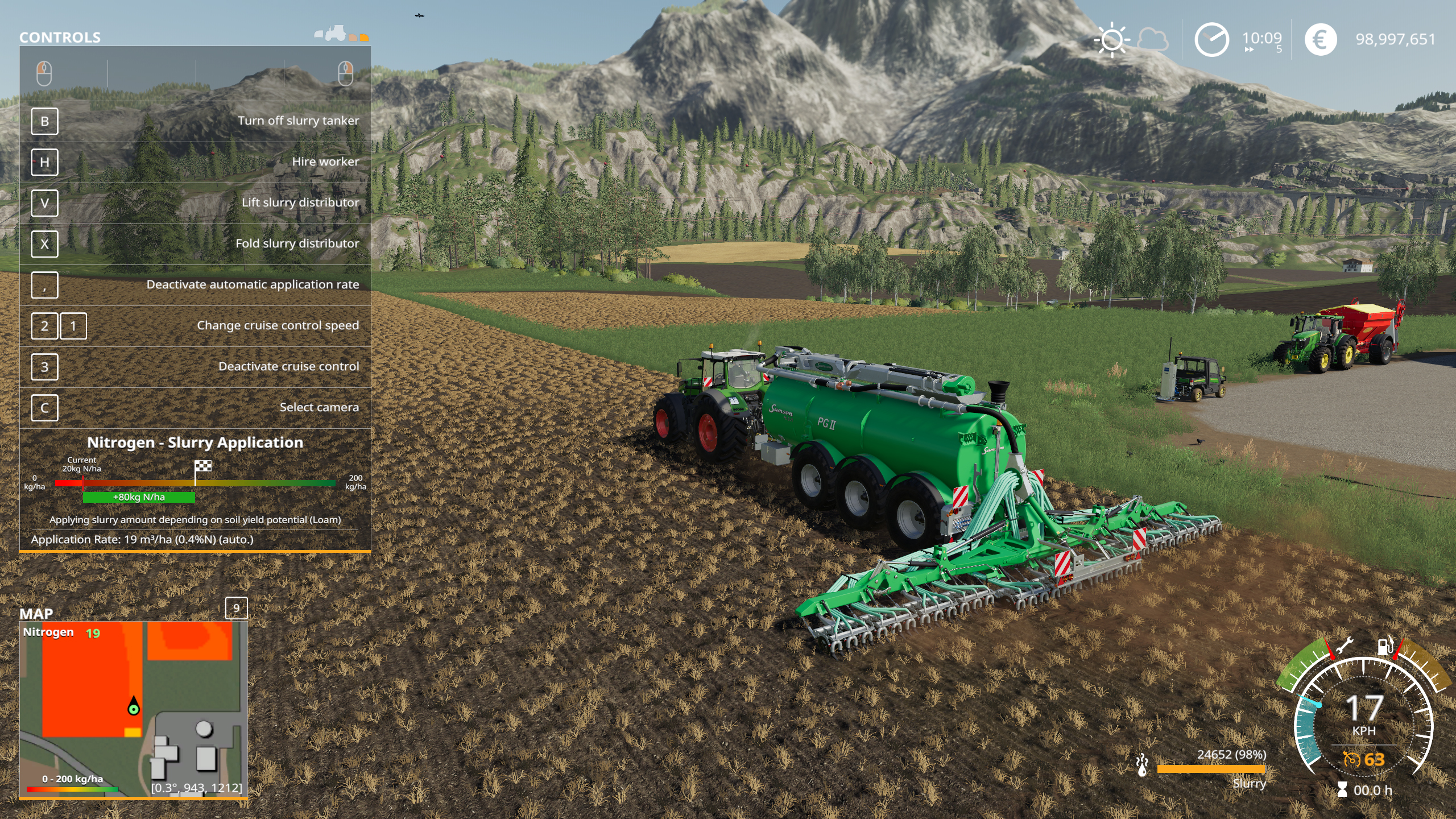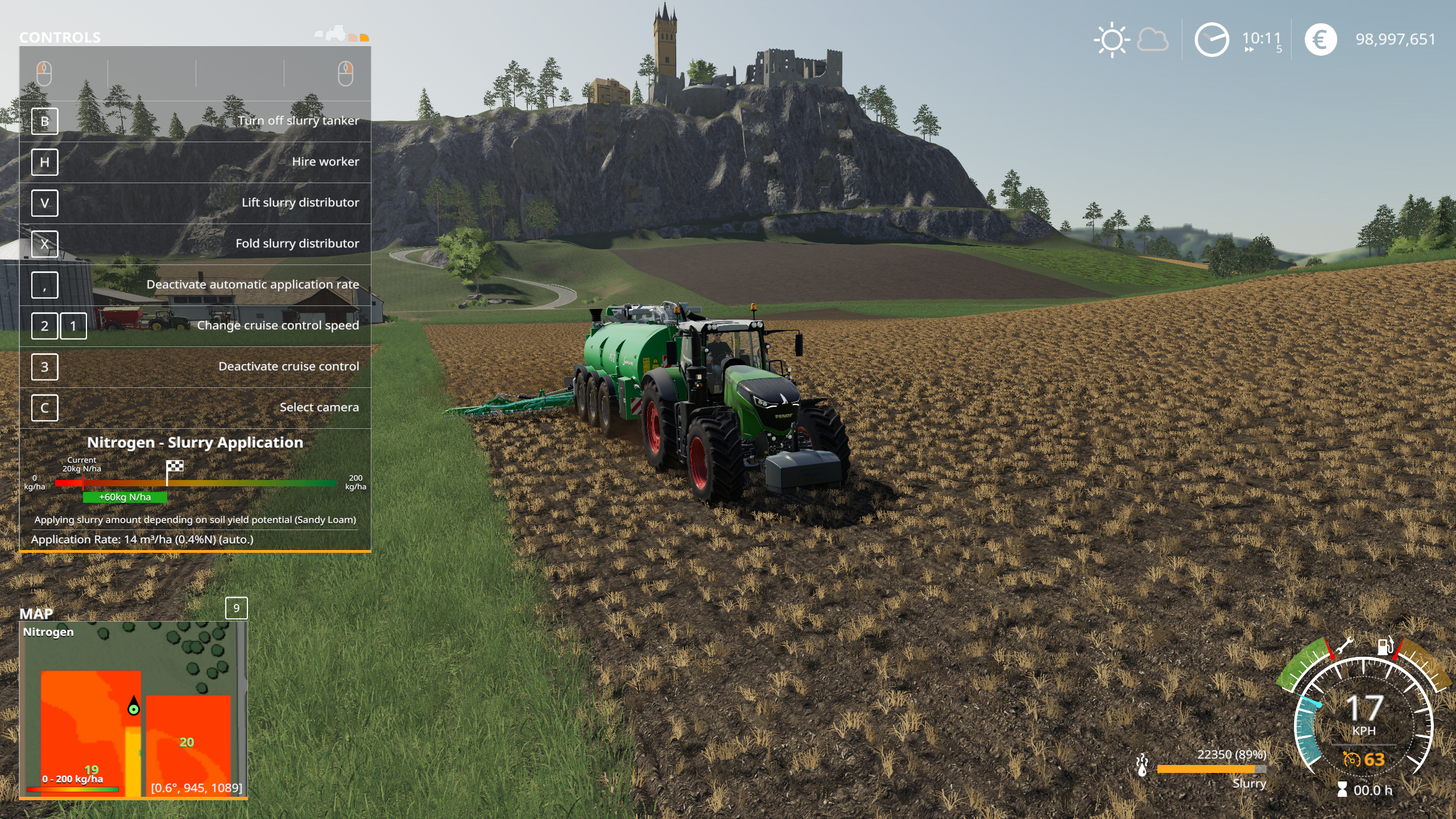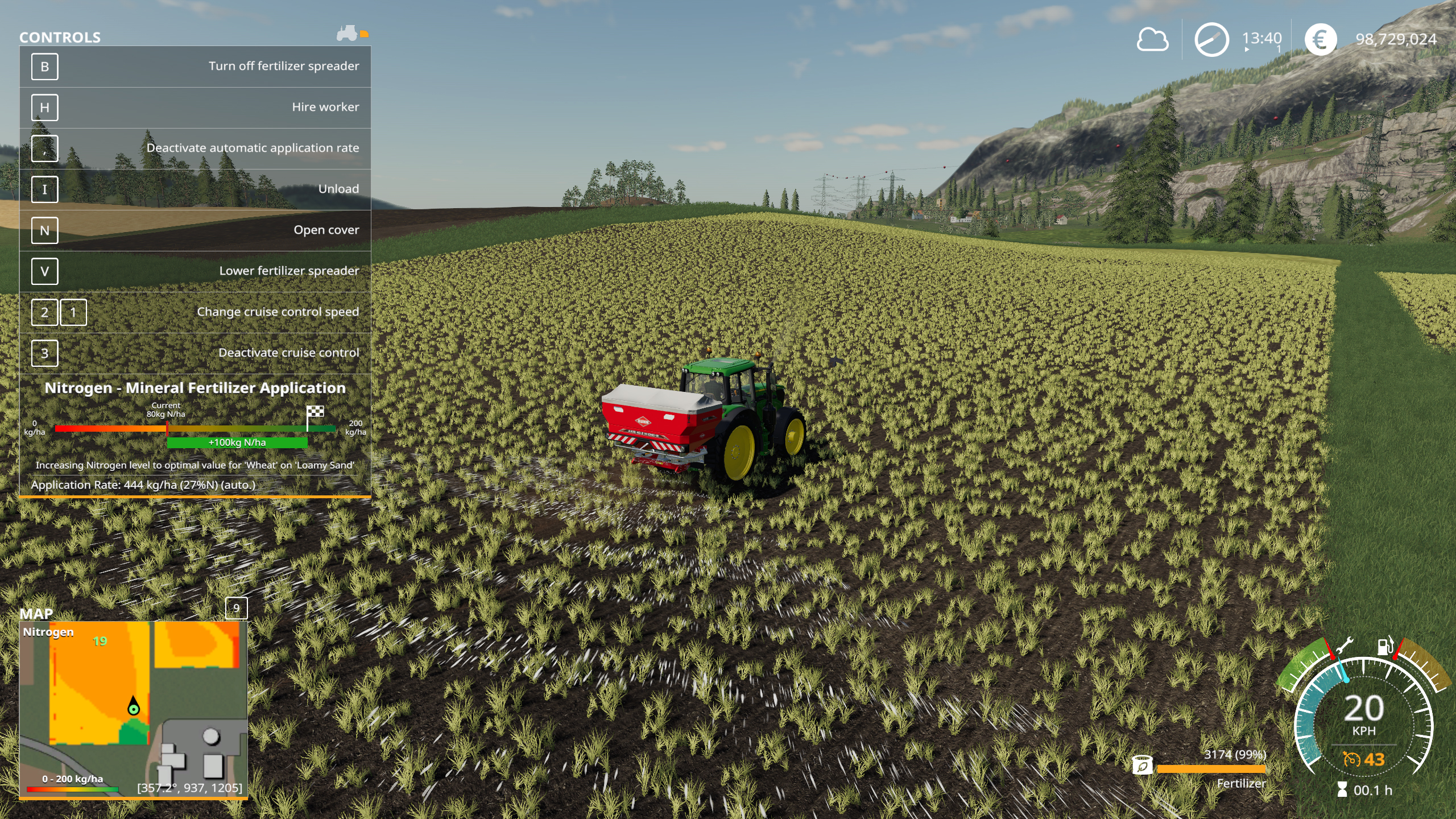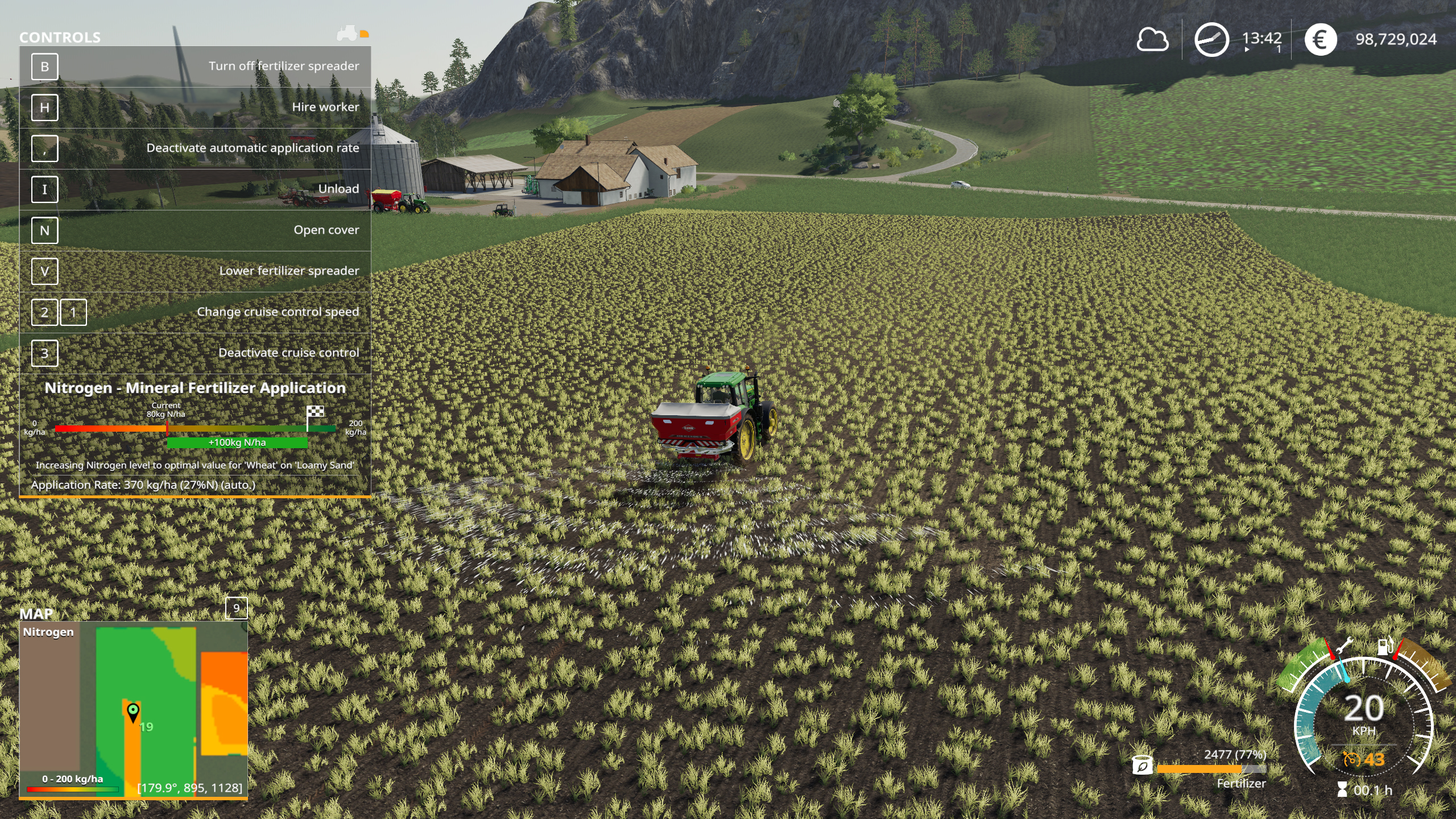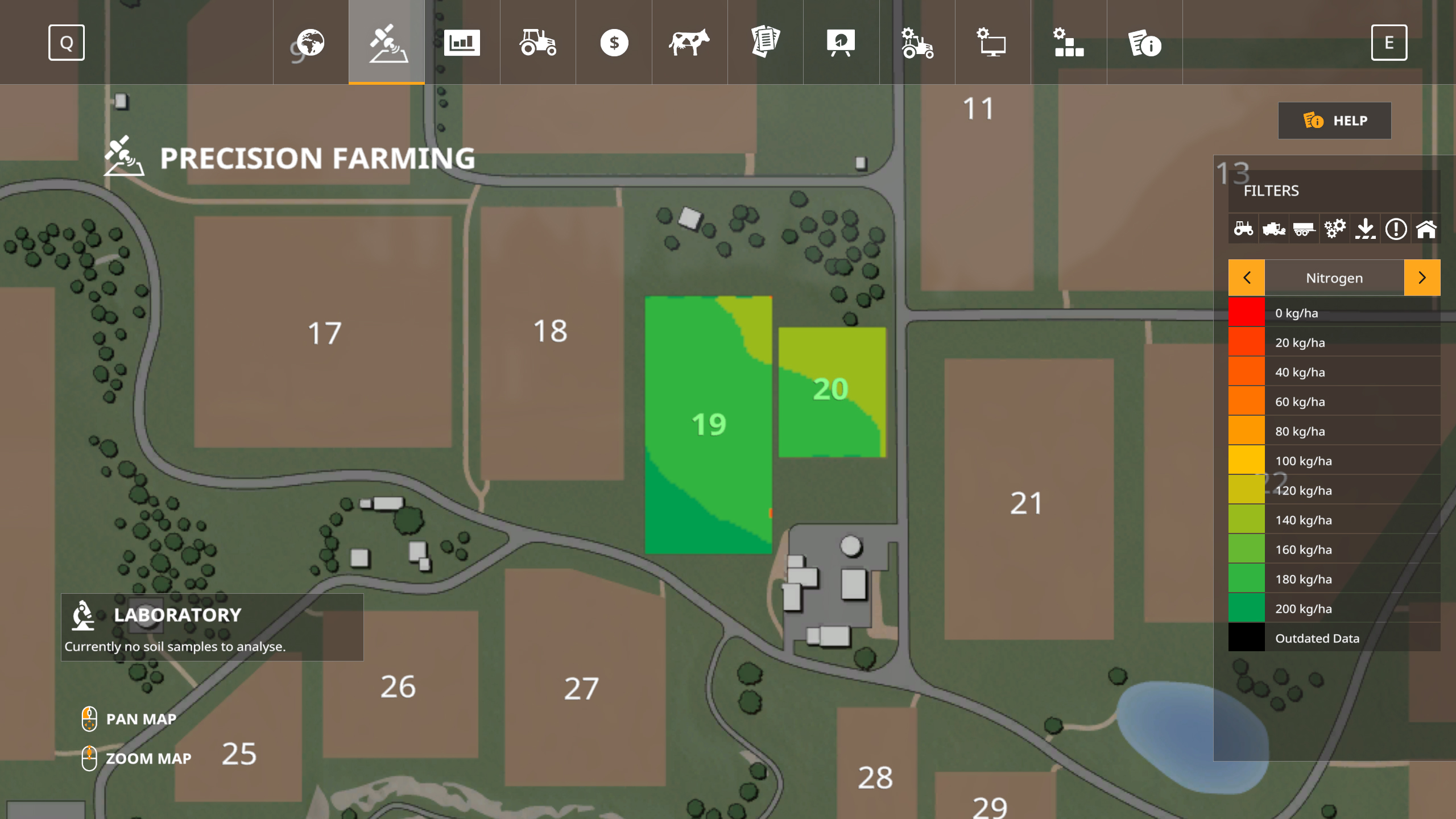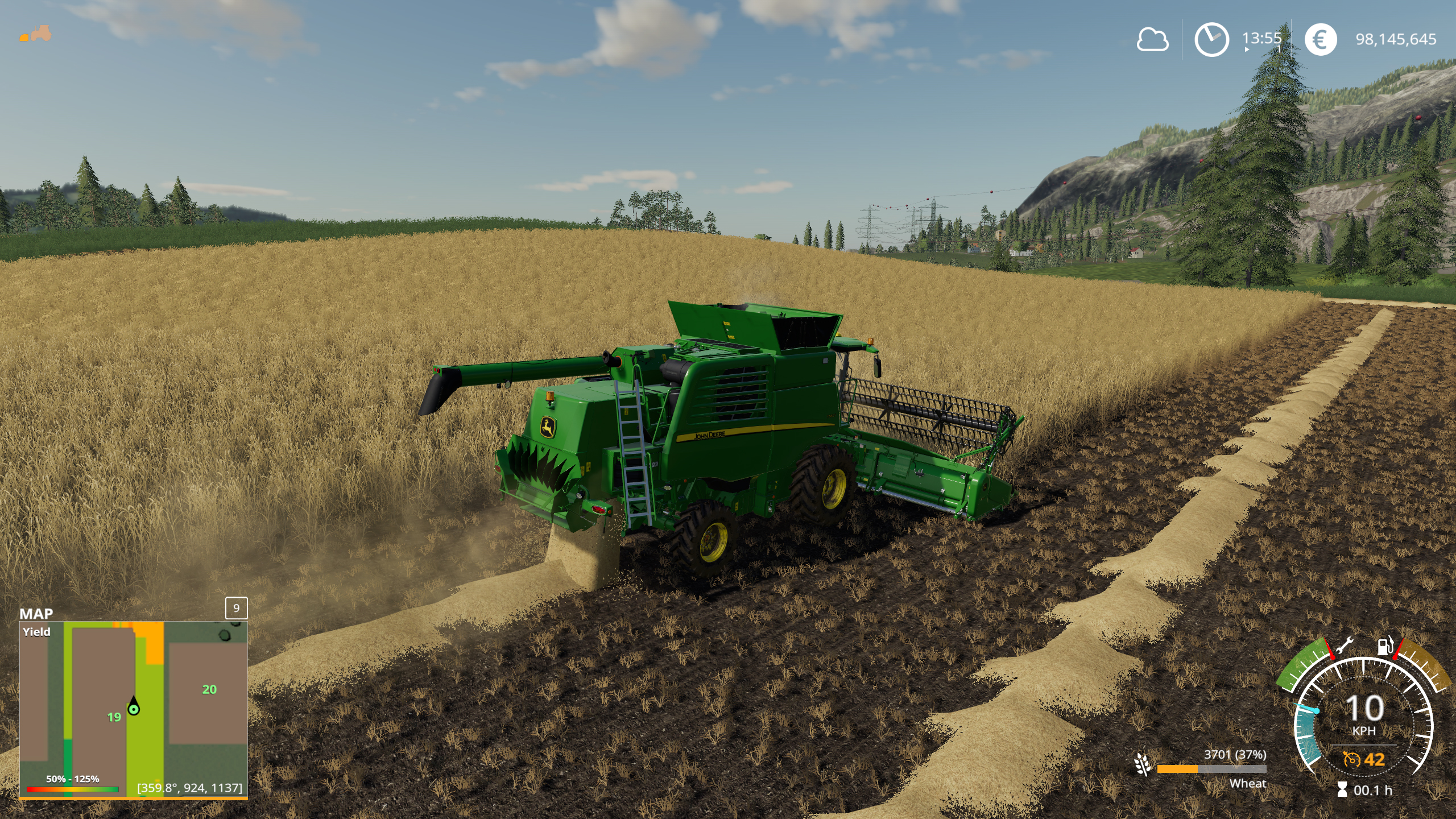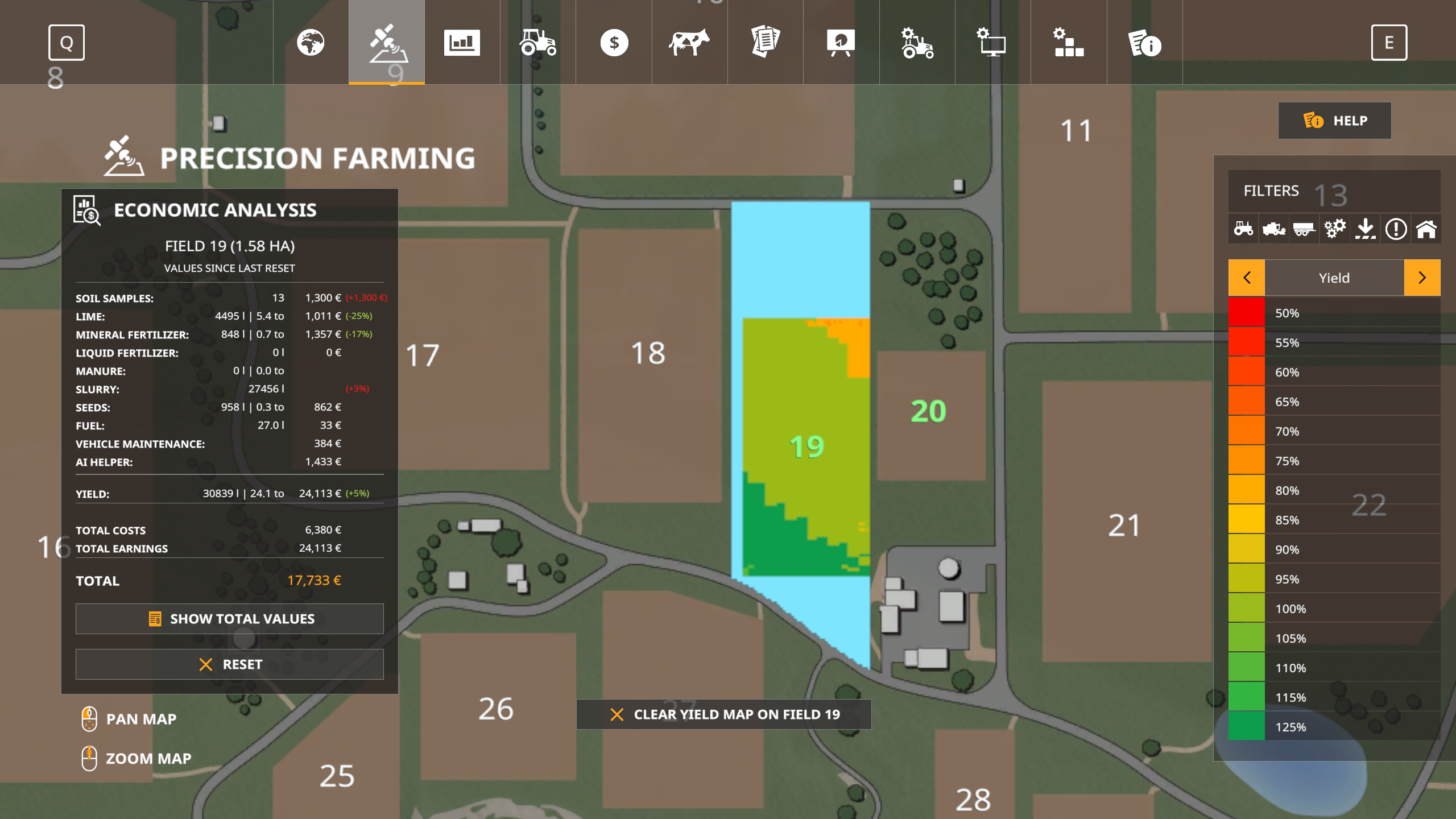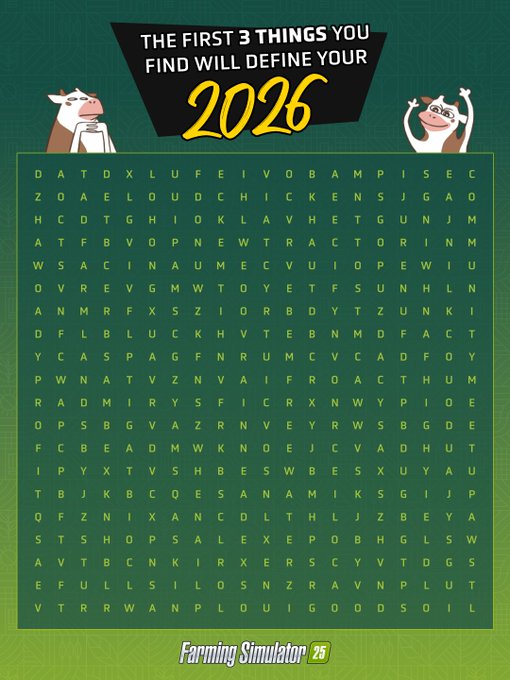Precision Farming Project: Yield improvement & economic analysis
18. November 2020
Let's get more in-depth: After presenting you the upcoming soil types including soil sampling mechanics in the Precision Farming Project (initiated by John Deere and financed by EIT Food), we continue with the actual yield improvement and the economic analysis.
Missed our Precision Farming news?
- Read the project announcement
- Learn more about Precision Farming
- Learn more about EIT Food
- First Look at Soil Types & Soil Sampling
pH-values & nitrogen content in your soil
Not only are there four different soil types (loamy sand, sandy loam, loam and silty clay), you also have to take into account different pH levels and the content of nitrogen when improving your yield. To learn about the pH and nitrogen levels in your soil, take a look at the Precision Farming tab. The data on pH and nitrogen levels are visible after results from your soil samples are back from the lab.
Click on the images for full-size view!
view of pH levels
view of nitrogen content
Yield optimization: Liming
How do you get your pH levels up? By liming the fields, of course! Let's take a seat behind the wheel of a tractor with a lime spreader attached and see the additional info on the UI, indicating what to do.
As you can see above, the most prominent addition in the UI is the lime application bar: While the red mark shows you the current pH level, the tiny flag indicates which pH value to aim for.
By pressing the "," button, you can activate or deactivate the automatic application rate of lime. If you choose automatic mode, the pH value will be increased dynamically up to optimal value. Each soil type has a different optimum value.
Let's take a look on how the pH map has changed after liming with automatic application. Looks like we're fine...
Yield Optimization: Fertilizing
Liming is done, our pH levels are satisfying and now we need to provide our crops with nutrients by getting the nitrogen levels up. Do this by fertilizing - with either slurry or mineral fertilizer. While liming and fertilizing, you'll see the rising values live on the mini map in the left corner. You can choose between manual and automatic application here, too.
Same for the application of mineral fertilizer. In both scenarios the UI informs you about the necessary application rate based on the crop and soil type.
Depending on the crop you want to sow, we advise you to use slurry or manure first. This helps to reduce the application rate and costs for mineral fertilizer later. After sowing the crop, you can adjust the nitrogen level to the crops target value with mineral fertilizer
Yield & Economic Analysis
Got everything limed and fertilized? Good, after the usual field work including the removal of weeds, the crops will soon be ready to be harvested. On the mini map, you'll see the outcome color-coded in real-time.
That's not all. Precision Farming is about collecting data and statistics. To get a complete picture of everything we have done and what results came from it, take a look at the yield screen - by filtering for 'yield', still on the Precision Farming tab, of course.
Here you see everything that's happened. How many soil samples you took per field and how much it cost, how much lime and fertilizer was applied. Even the amount of seeds and fuel used or costs for vehicle maintenance and the helper. Apropos helper...
RTK station needed for helping hands
Sooner or later, depending on how many fields are in your possession, you're going to use the helper. Imagine the helper as what he actually is - an AI. Or, in this context, the AI tool to automate the process. To tell a machine what to do, it has to be told in real-time, in this case via GPS signal. And for that, you have to place at least one of two different RTK stations available.
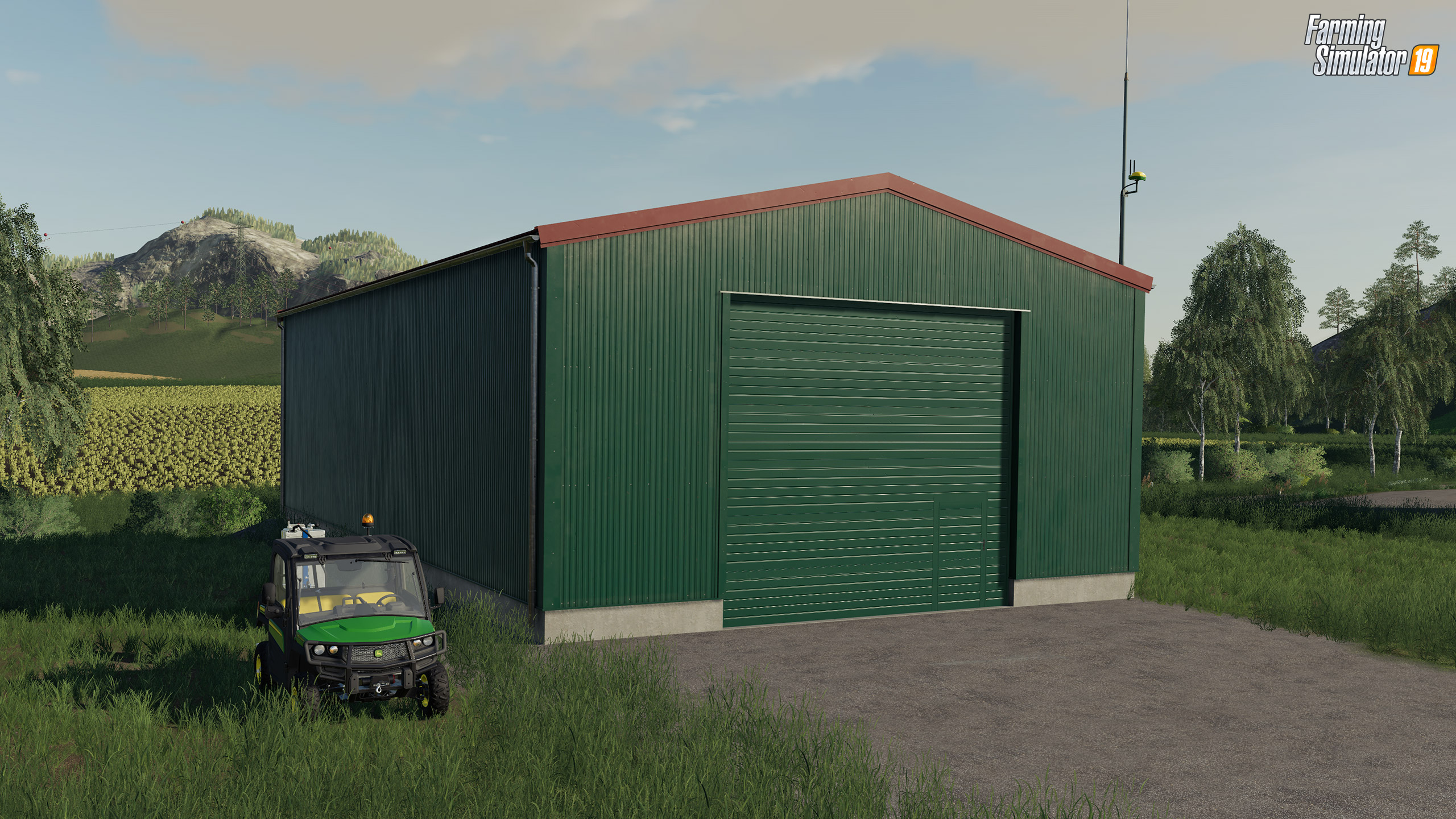
After placing the RTK station on your farm, the helper will work more efficiently compared to letting him do it 'blind'. Meaning, you'll save seeds, lime, fertilizer, fuel and, in the end, money...
Next time on the blog...
...we'll tell you the release date!

This EIT Food activity has received funding from the European Institute of Innovation and Technology (EIT), a body of the European Union, under Horizon2020, the EU Framework Programme for Research and Innovation.
EIT Food is Europe’s leading agri-food innovation initiative, with the aim to create a sustainable and future-proof food sector. The initiative is made up of a consortium of key industry players, start-ups, research centres and universities from across Europe. EIT Food aims to collaborate closely with consumers to develop new knowledge and technology-based products and services that will ultimately deliver a healthier and more sustainable lifestyle for all European citizens.


































